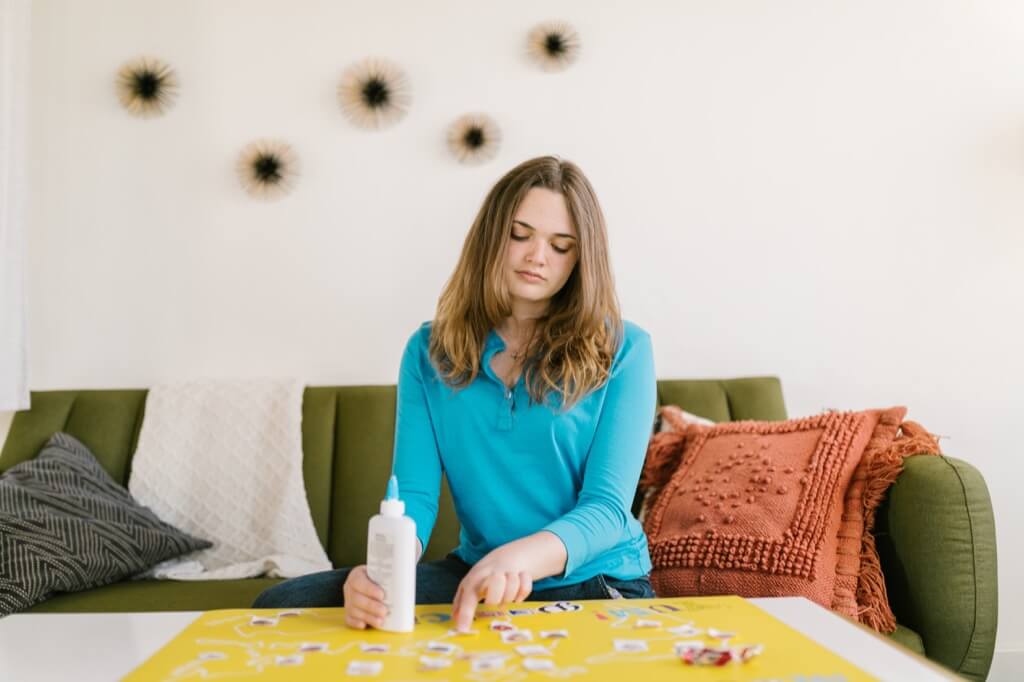Did you know that the fortuitous creation of Super Glue, a household essential, was a double take? Yes, its discovery was a delightful accident – not once, but twice!
The late Dr. Harry Coover, widely recognized for unearthing the magic of Super Glue (technically known as cyanoacrylate), initially stumbled upon this adhesive formula while crafting clear plastic sights for Allied weaponry in the thick of World War II. The result? A compound disastrously unfit for gun sights but splendidly adhesive. Recognizing it wasn’t suited for his immediate task, Coover pushed it aside.
Flash forward to 1951, almost a decade after Coover’s initial find. While helming a project at Eastman Kodak that aimed to formulate a heat-resistant acrylate polymer for jet canopies, Fred Joyner, a member of Coover’s team, unintentionally sealed two refractometer prisms with cyanoacrylate. Astonished by this accidental yet potent bond, Coover this time didn’t dismiss its promise. Instead, he recognized its profound potential, especially given its natural affinity to materials with traces of water.
Initially launched as the humdrum “Eastman #910” in 1958, it wasn’t until the swinging sixties that it earned its iconic title, “Super Glue”. Interestingly, Loctite licensed the adhesive, bestowing upon it the somewhat lackluster name, “Loctite Quick Set 404”, before their subsequent, catchier version, “Super Bonder” emerged. By the 1970s, the adhesive industry witnessed an influx of cyanoacrylate glues, with the trio of Eastman Kodak, Loctite, and Permabond reigning over the lion’s share of the “Super Glue” marketplace.
Let’s Clear Up a Myth
though the inception of Super Glue has roots in World War II, stories of soldiers using it as a quick-fix for their wounds are fictional. This adhesive gem was brought to the masses post-war.
However, in a twist of fate, Super Glue did find its place in combat during the Vietnam War. As Dr. Coover asserted, it was used as a temporary wound sealant, buying time until injured soldiers reached medical facilities for stitches. Today, cyanoacrylate adhesives have evolved, routinely replacing or complementing traditional sutures in modern medicine.
Did You Know? Super Glue’s Sticky Past
Your Unexpected Emergency Aid
Did you know that while you might use Super Glue for a quick fix around the house, soldiers during the Vietnam War used it as a temporary wound sealant? The next time you reach for that tube, remember you’re holding a piece of unexpected medical history!
Twice as Nice: The Accidental Find
Imagine accidentally discovering something revolutionary. Now, imagine doing it twice! That’s exactly what happened with Super Glue. So, the next time you have a “happy accident” in your life, think about Dr. Harry Coover and how his accidental discovery bonded the world in more ways than one.
From Sights to Seals
If you ever wondered about Super Glue’s original purpose, it was actually aimed at creating transparent plastic sights for weapons during World War II. The next time you’re frustrated with a project not going your way, take a leaf out of Dr. Coover’s book and remember that sometimes, your efforts can lead you to even bigger and better things!
A Name Evolution
You might call it Super Glue now, but its debut was under the less catchy “Eastman #910”. Brands like Loctite then tried to jazz it up with names like “Loctite Quick Set 404”. So, the next time you’re thinking about rebranding or renaming something, remember: simplicity often sticks best!
Medical Marvel in Modern Times
While soldiers in the Vietnam War used it in a pinch, Super Glue’s medical applications didn’t stop there. Today, if you ever find yourself in need of stitches, don’t be surprised if a doctor reaches for a cyanoacrylate adhesive instead. It’s a testament to how versatile this accidental discovery has become in binding more than just broken items in your home!
Here are some tatistics and facts about Super Glue:
- Market Growth: The global cyanoacrylate adhesive market, which includes Super Glue, was projected to grow at a Compound Annual Growth Rate (CAGR) of around 6% between 2018 and 2023. This showcases the growing reliance and utilization of Super Glue in various industries.
- Medical Application: In the medical sector, cyanoacrylate-based glues were estimated to have been used in millions of surgical procedures worldwide by 2020. This is a testament to their effectiveness and adaptability in medical situations.
- DIY Popularity: With the rise of the DIY culture worldwide, including in countries like South Africa, the use of Super Glue for household repairs and crafts has seen significant growth. While exact statistics are hard to pinpoint, one can infer from the increasing sales of DIY products in home improvement stores.
- Safety Concerns: Despite its widespread use, there have been reports and statistics indicating thousands of incidents annually where people accidentally glue their fingers together or to other objects. This underscores the need for careful handling and usage instructions.
- Environmental Impact: As with many synthetic products, there is a growing concern about the environmental impact of cyanoacrylate adhesives. Efforts are being made globally to develop biodegradable variants, though exact statistics on their market penetration are not readily available as of 2022.




